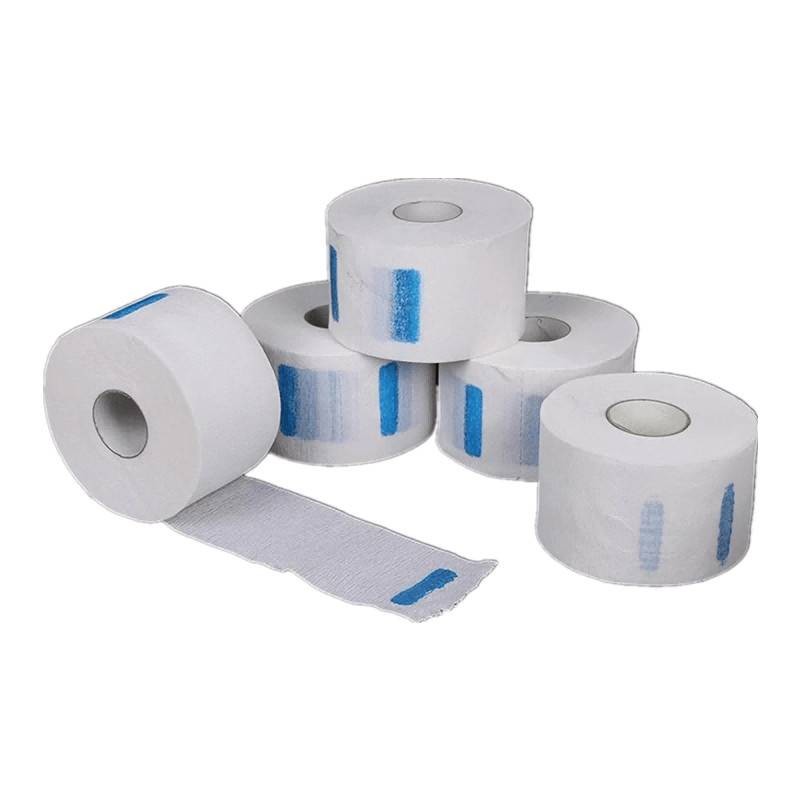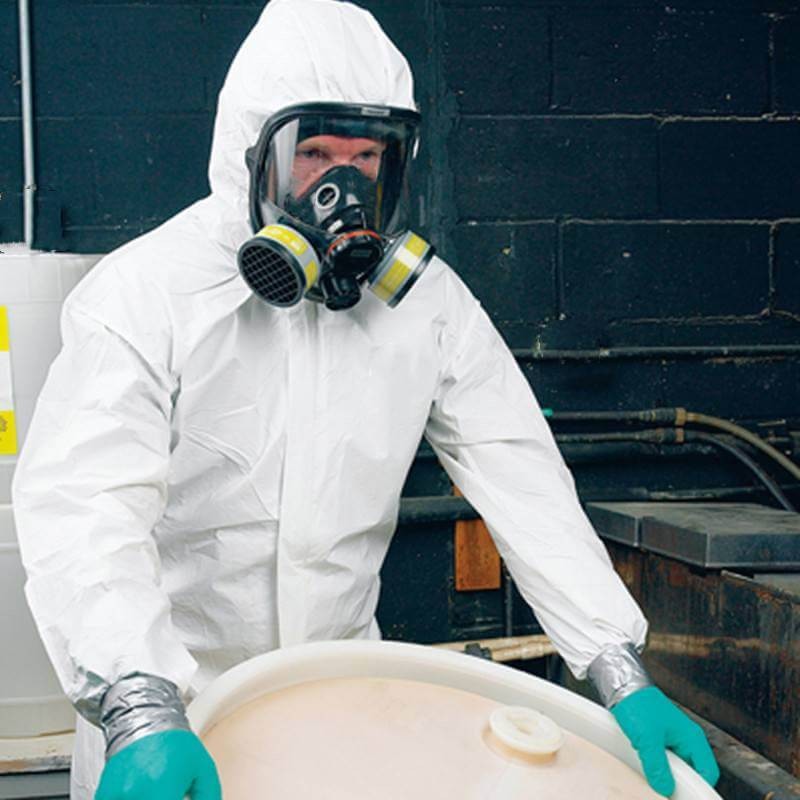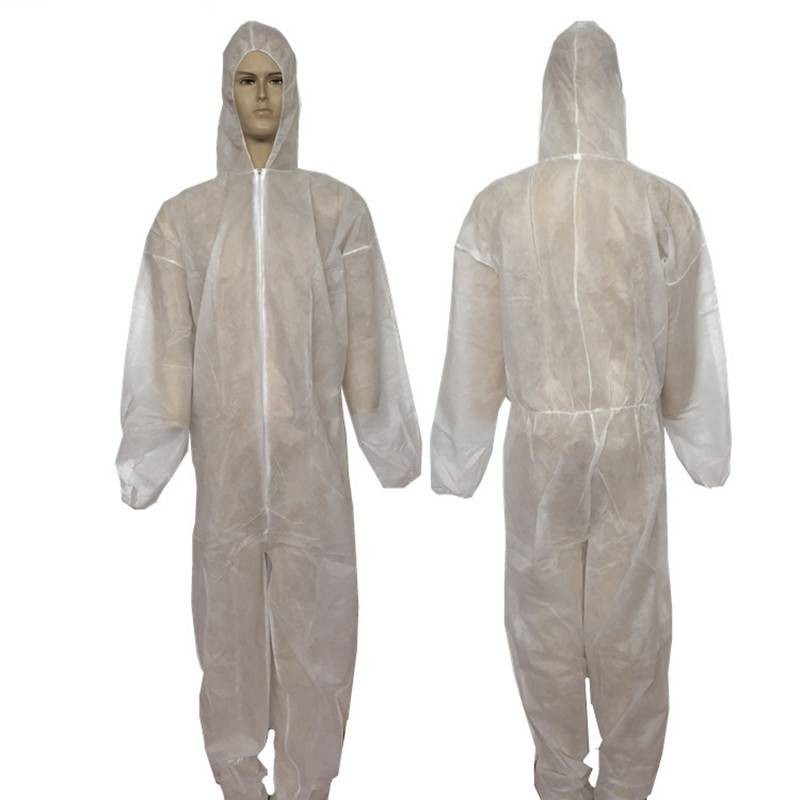1. Polypropylene spunbond fabric.
Polypropylene spunbond fabric can be treated with antibacterial and antistatic treatments to make antibacterial protective clothing, antistatic protective clothing, etc. Polypropylene spunbond protective clothing is undoubtedly a great improvement compared to traditional cotton protective clothing. Because of its low price and disposable use, it can greatly reduce the cross-infection rate. It has been widely promoted abroad for a long time after its launch. However, the material has a relatively low resistance to hydrostatic pressure and poor efficiency in blocking virus particles. It can only be used as ordinary protective equipment such as sterile surgical gowns and disinfection wraps.
2. Spunlace fabric composited with polyester fiber and wood pulp.
The material feels soft, close to traditional textiles, and can be treated with three anti-alcohol (anti-blood, anti-oil) and anti-static, antibacterial, etc., and can be disinfected with gamma rays. It is a relatively good material for medical protective clothing. However, its resistance to hydrostatic pressure is relatively low, and its efficiency in blocking virus particles is relatively poor, so it is not an ideal protective clothing material.
3. Polypropylene spunbond-meltblown-spunbond composite nonwoven fabric, namely SMS or SMMS.
Meltblown fabrics are characterized by fine fiber diameter, large specific surface area, fluffy, soft, good drape, small filtration resistance, high filtration efficiency, and strong resistance to hydrostatic pressure, but low strength and poor wear resistance, which to a considerable extent limit the development of its application field. The spunbond fabric has a large fiber line density, and the fiber web is composed of continuous filaments. Its breaking strength and elongation are much greater than those of meltblown fabrics, which can just make up for the shortcomings of meltblown fabrics.





